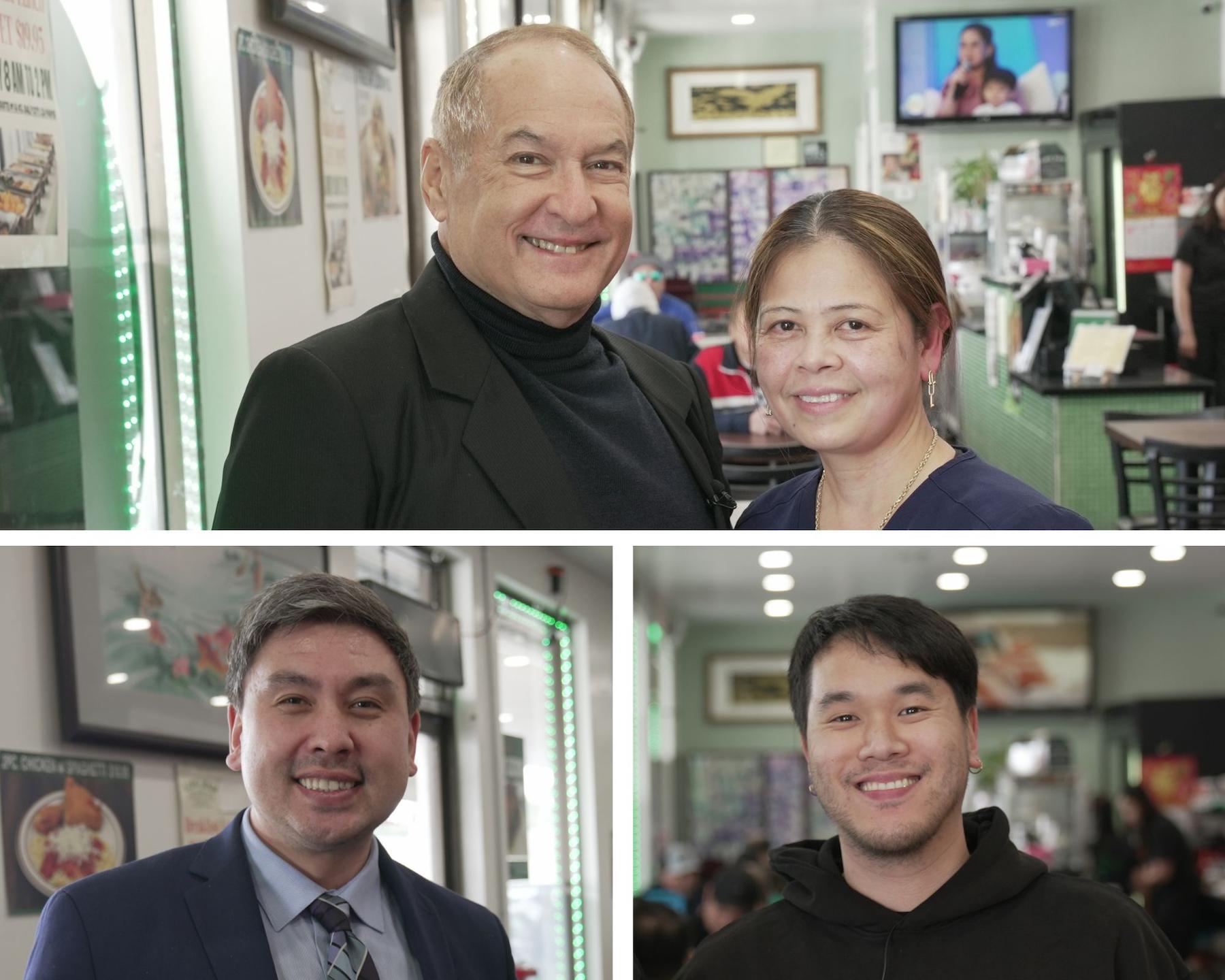Recently, the 9th Circuit Court of Appeals ruled that, under the Child Status Protection Act (CSPA), children who “aged–out” from under their parent’s petition, may retain/recycle/reuse their parent’s priority date, such that the child does not need to go to the “back of the line,” and wait several additional years before being able to join his or her family.
By way of background, the CSPA allows certain children who “aged – out” (turned 21) to nevertheless be considered a “child” based on a mathematical formula. That mathematical formula basically takes the length of time it took the USCIS to process and approve a family or employment based petition, and then subtract that processing time from the child’s age when the priority date on the petition finally becomes current. So, if it took 2 months to approve a petition, the family is able to subtract 2 months from the child’s age when the priority date becomes current. If, under that mathematical formula the child’s age is still under 21, the child is included under the petition. But what happens if the child’s age is calculated to be over 21?
Under this recent decision, the Ninth Circuit Court of Appeal ruled that the petition would “automatically be converted to the appropriate category and the [child] shall retain the original priority date…” Let me give you an example of how this would work:
Let’s say the child’s parent was petitioned in 1988 by a brother or sister in the F–4 category, while the child was still small. (NOTE: This ruling could also apply to petitions filed by the child’s grandparents in the F-1 or F-3 category or by the parent’s employer, but for this example we’ll just use a petition filed by an uncle or aunt.) It then took Legacy INS two months to process and approve that F–4 petition. By law, that child is considered a “derivative beneficiary” and therefore included under the uncle or aunt’s petition.
After the petition is approved, the family has to sit back and wait many years until the priority date on that petition becomes current. Unfortunately, by the time the priority date became current, the child was 21 years 9 months old. Even if we were to subtract the 2 month processing time, the child would still be over 21, and would no longer be included under the original 1988 petition, as a derivative beneficiary.
However, this new ruling would allow that petition to “automatically convert” to the “appropriate category” (which might be F-2B, single adult child of immigrant parent), and the child can retain the original 1988 priority date. Right now, they are processing single adult children of immigrant parents whose petitions were filed in 2002. If this child can retain or reuse the 1988 priority date, the child gets to move to the “front of the line”, rather than having to go to the back of the line with a newly filed 2012 petition.
If you have a child who aged out and was no longer included under your petition, you should definitely seek the advice of an attorney, who could evaluate your situation, and determine if this new case could possibly apply to your child. However, I need to caution you that although a major battle was “won”, the USCIS may still appeal that decision to the US Supreme Court. In addition, even if the USCIS accepts this ruling, they would still need to come out with regulations, memos, or other guidance, describing how this “retention of priority date” is to operate.
Nevertheless, this is still a wonderful development in having children who aged out be able to join and/or be reunited with their families.
* * *
Michael J. Gurfinkel is licensed, and an active member of the State Bar of California and New York. All immigration services are provided by, or under the supervision of, an active member of the State Bar of California. Each case is different. The information contained herein including testimonials, “Success Stories,” endorsements and re-enactments) is of a general nature, and is not intended to apply to any particular case, and does not constitute a prediction, warranty, guarantee or legal advice regarding the outcome of your legal matter. No attorney-client relationship is, or shall be, established with any reader.
WEBSITE: www.gurfinkel.com
Call Toll free to schedule a consultation for anywhere in the US:
(866)-GURFINKEL
Four offices to serve you: LOS ANGELES · SAN FRANCISCO · NEW YORK · PHILIPPINES






